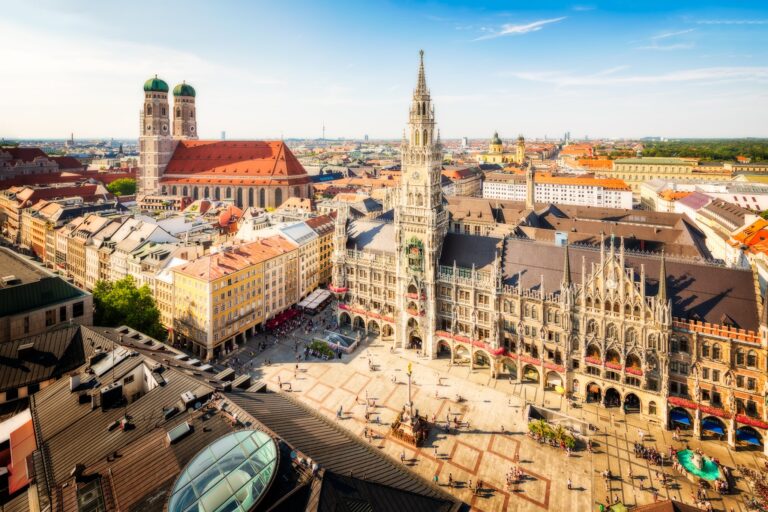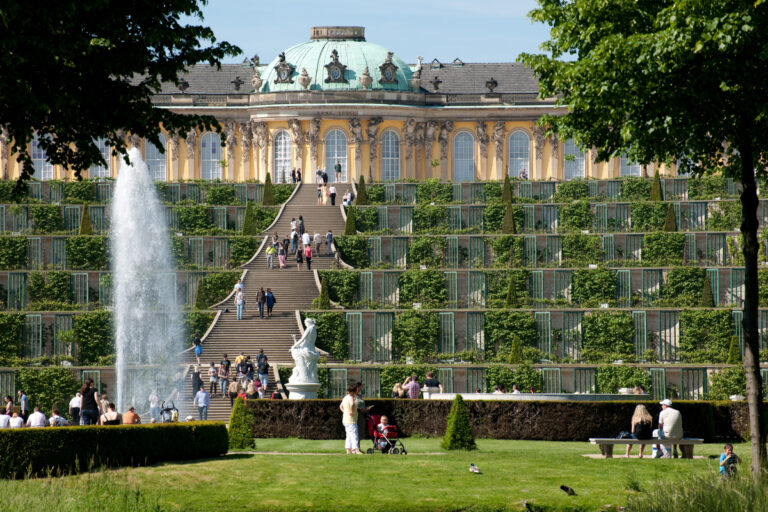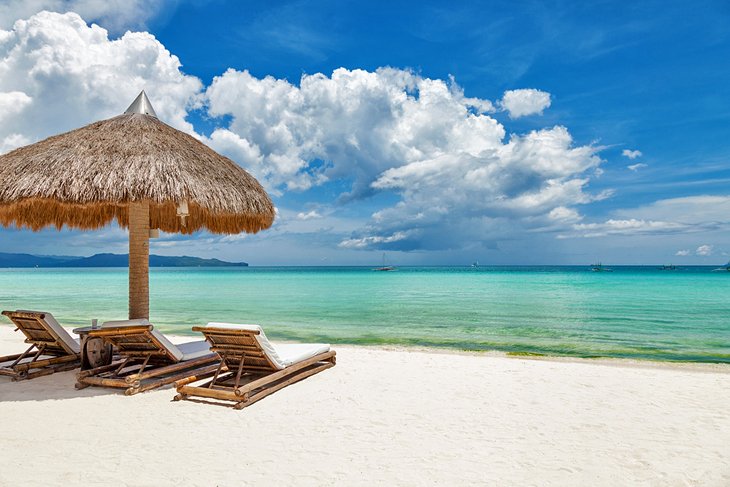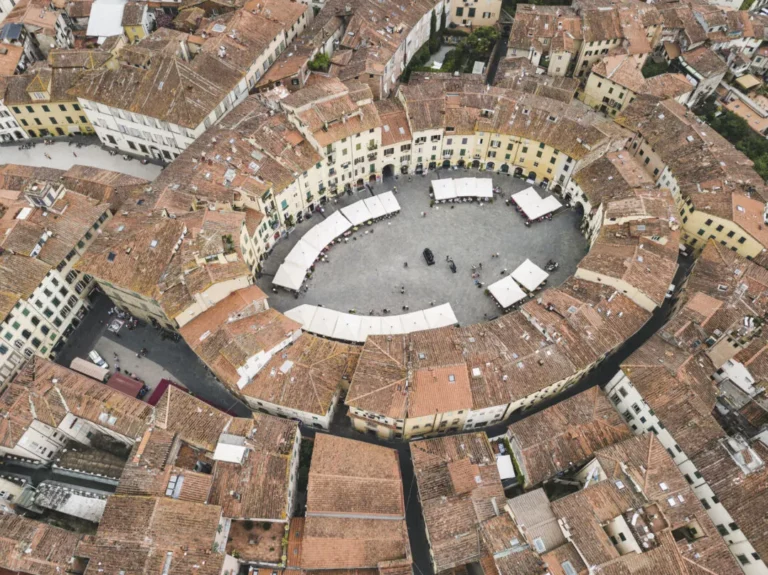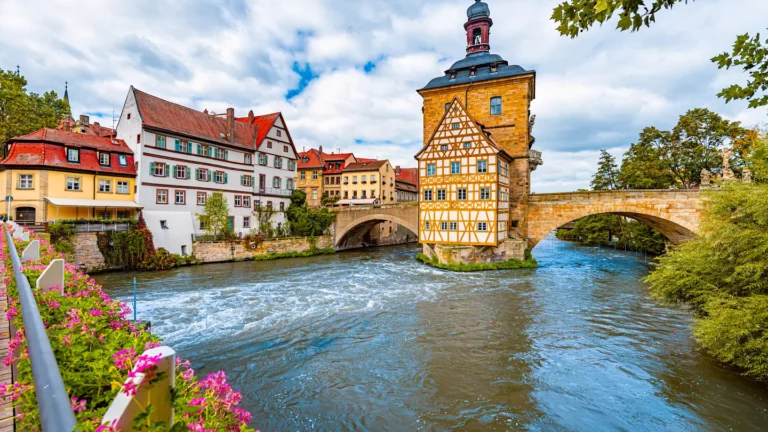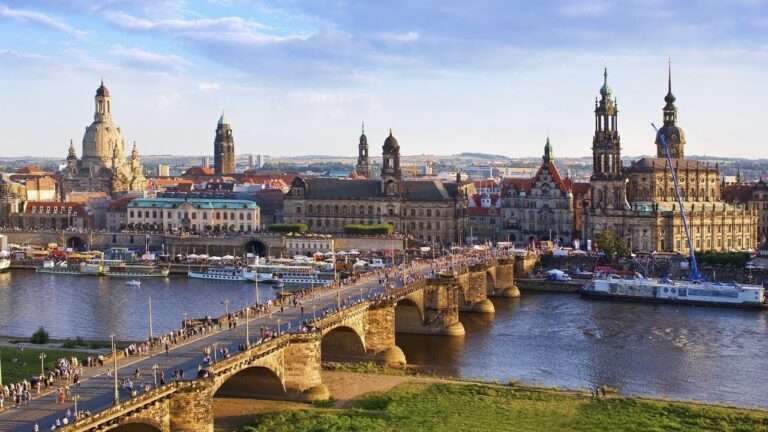Normandy, France
If you’re looking for a charming and historic destination with stunning beaches, delicious cuisine, and rich cultural heritage, then Normandy, France, is the perfect place for you. Situated in northwestern France, this beautiful region boasts an abundance of natural beauty, rich history, and cultural significance, making it an ideal vacation spot for travelers seeking a unique and authentic experience. In this blog post, we’ll explore the many reasons why Normandy should be on your travel list and provide some tips on what to see and do during your stay.
Climate and Weather:
The climate in Normandy is mild and temperate, with temperatures ranging from 50°F (10°C) to 70°F (21°C) during the summer months. Water temperatures in the English Channel off the coast of Normandy typically range from 55°F (13°C) to 65°F (18°C) during the summer, making it perfect for a refreshing swim.
Food:
Normandy is known for its delicious cuisine, which is influenced by its coastal location and the region’s agricultural abundance. Seafood dishes, such as mussels, oysters, and scallops, are especially popular, as well as local specialties like Camembert cheese and cider. Prices for food can vary depending on where you eat, but you can expect to pay around $15-25 for a casual meal and $30-50 for a more formal dining experience.
Hotels:
Normandy offers a range of accommodation options, from budget-friendly hostels to luxurious hotels. If you’re looking for a high-end experience, consider staying at the luxurious Hotel Barriere Le Normandy in Deauville, which boasts stunning sea views, a spa, and fine dining options. For a more affordable option, check out the charming La Chaumiere in Honfleur, a cozy bed and breakfast with rustic charm.
Architecture:
Normandy’s architecture is diverse, with influences from various periods and styles. Some of the most notable examples of architecture in the region include the Romanesque and Gothic-style cathedrals of Rouen and Bayeux, as well as the charming half-timbered buildings that can be found throughout the region’s quaint towns and villages.
Culture Spots:
Normandy is rich in cultural heritage and history, with many sites of interest for visitors. One of the most popular cultural spots is the Bayeux Tapestry, a stunning piece of artwork that depicts the events leading up to the Norman Conquest of England in 1066. The tapestry is housed in the Centre Guillaume le Conquérant in Bayeux, which also features a museum dedicated to the history of the region.
Another must-visit spot is the medieval city of Rouen, which is famous for its impressive Gothic cathedral, as well as its connections to Joan of Arc, who was famously tried and executed in the city. Rouen is also home to numerous museums and galleries, including the Musée des Beaux-Arts de Rouen, which features an impressive collection of artwork from the 16th to 21st centuries.
Best Time of Year to Visit:
The best time to visit Normandy depends on your preferences, but the region is generally considered to be a year-round destination. During the summer months, from June to August, temperatures are mild and the beaches are bustling with activity. However, this is also the busiest time of year, so be prepared for crowds and higher prices.
If you prefer cooler temperatures and fewer crowds, consider visiting in the fall or spring. During these seasons, the region’s natural beauty is at its peak, with colorful foliage and blooming flowers. In the winter, temperatures can be chilly, but the region is still beautiful, with many Christmas markets and other seasonal events to enjoy.
Additional Interesting Locations Nearby:
Normandy is a region full of interesting locations to explore. Here are some additional places nearby that are worth a visit:
- Mont Saint Michel: This iconic tidal island is situated just across the border in Brittany but is easily accessible from Normandy. It’s a UNESCO World Heritage site and features a stunning abbey and medieval architecture.
- Etretat: This picturesque seaside town is famous for its dramatic cliffs and stunning views. It’s a popular spot for hiking and offers a range of outdoor activities.
- Giverny: This charming village was the home of the famous Impressionist painter Claude Monet. Visitors can explore his beautiful gardens and home, which have been preserved as a museum.
- D-Day Landing Beaches: Normandy played a significant role in World War II, and visitors can explore the historic D-Day landing beaches, which are dotted with museums, memorials, and other sites of interest.
Getting There:
Normandy is easily accessible by car, train, or plane. The nearest international airport is in Paris, and from there, visitors can take a train or rent a car to reach Normandy. The region is also well-connected by train, with direct services from Paris and other major cities in France.
Conclusion:
Normandy is a beautiful and historic region with something to offer every traveler. Whether you’re interested in exploring the region’s cultural heritage, enjoying its natural beauty, or indulging in its delicious cuisine, there’s something for everyone to enjoy. So why not plan a trip to Normandy and experience all that this beautiful region has to offer?

